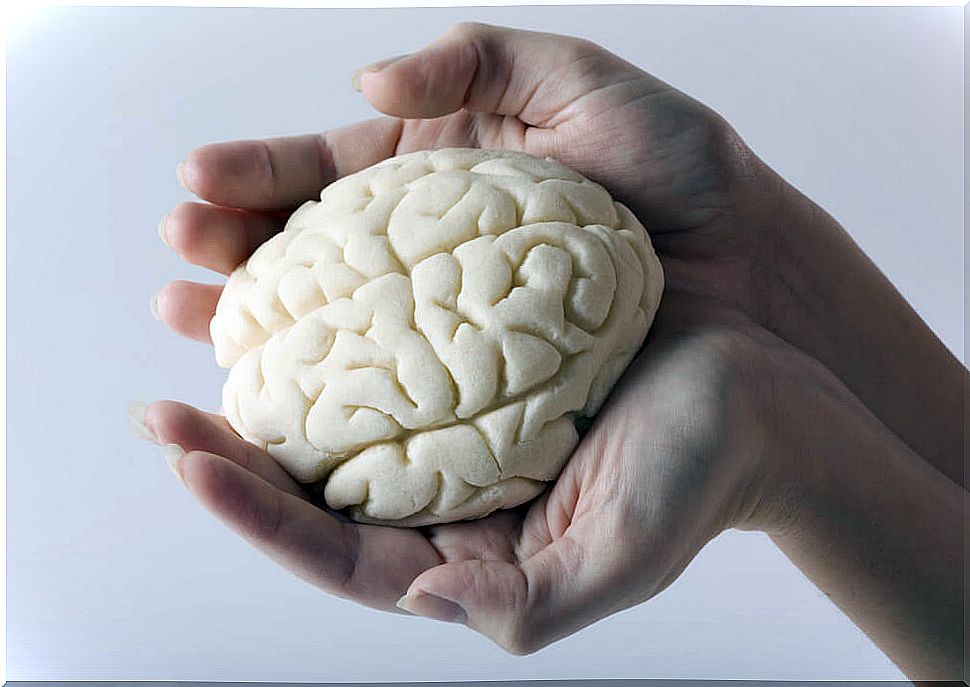Kuru, A Neurodegenerative Disease
Kuru is a rare disease that was first detected in the early 20th century in New Guinea. In fact, the word kuru is from the Aboriginal language, and means “trembling with fever and cold” or “trembling with fear.”
Science began studying kuru in the mid-20th century. At first, it was believed that it was a hereditary disease, since it had only been registered in the Fore community of New Guinea. However, it was later detected that this disease was transmitted by a slow virus or prion.
How did this prion get into the human body and why had the disease only been detected in one community in New Guinea? It turns out that the infectious protein, or prion, is acquired when people eat the brains of dead humans.
However, beyond ritual cannibalism, other researchers have pointed out that there are patients affected by ingesting the brains of different game animals and monkeys. However, today kuru is considered an eradicated disease.
What is kuru?
Kuru is a very rare neurodegenerative disease, which so far has only been detected in Papua New Guinea. One of the difficulties in its detection is that it has a very long incubation period before the first symptoms appear. It is believed that it takes 10 years to manifest, although cases of up to 50 years have been recorded.
This disease causes death, at most, two years after the first symptoms appear. The most widely accepted hypothesis is that this evil is caused by cannibalistic practices that, incidentally, were completely eradicated from New Guinea in 1960.
The kuru leads to a serious impairment of mental functions. The symptoms are very similar to those of Creutzfeldt-Jakob disease. There is a very similar pathology that appears in cows and is called bovine spongiform encephalopathy or mad cow disease .

Causes of the disease
In 1961, researchers Michael Alpers and Shirley Lindenbaum conducted field research in New Guinea to better understand the disease. According to their findings, the first case of kuru would have occurred in 1900, in a man who lived on the outskirts of the community of origin.
The researchers noted that the most plausible hypothesis is that such a man contracted Creutzfedlt-Jakob disease. Then there was a spontaneous variation of it in his body.
Among the aborigines of the tribe it was customary to do a funeral ritual that consisted of eating the remains of the deceased. By tradition, women and children were the ones who consumed the brain of the dead. By doing this, they also ingested the prion. Later, these people also developed the disease and died, but again their bodies were consumed, so the transmission spread in successive stages.
Symptoms and diagnosis

Kuru is a deadly disease that causes neurological and physiological changes in the organism of the infected person. Incubation is the longest stage of the disease; once symptoms develop, it takes on average a year to lead to death.
There are three distinct stages in the development of the kuru:
- Walking stage: in this phase there is a continuous trembling in the body, difficulty in coordinating movements and pronouncing words, as well as an inability to maintain a stable body posture. The affected person can walk, but with difficulty.
- Sedentary stage: the affected person can no longer walk. You have severe incoordination in your movements or ataxia, and the tremors become more intense. The patient goes through manic episodes, usually of uncontrollable laughter, and then can sink into deep depression.
- Terminal phase: control over movements is gradually lost, to the point that there is difficulty swallowing food. The ability to speak or respond to environmental stimuli may also be lost.
Death by kuru is not by disease
The kuru causes death indirectly, by the state of prostration and confusion to which it leads. The death is caused by an infection, such as pneumonia added to the base picture. The affected person dies between three months and two years after having registered the initial symptoms.
This pathology is eradicated, but it has served to better understand prions. These are rare and isolated cases, although they contribute to the scientific heritage to improve the management of other more common disorders.









